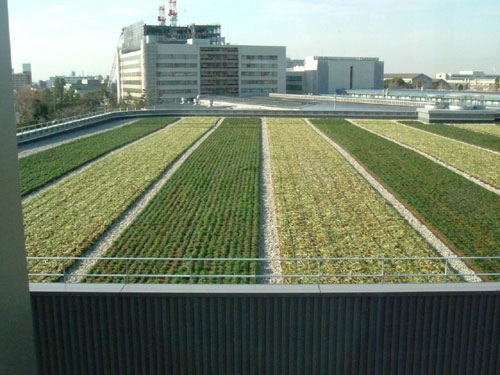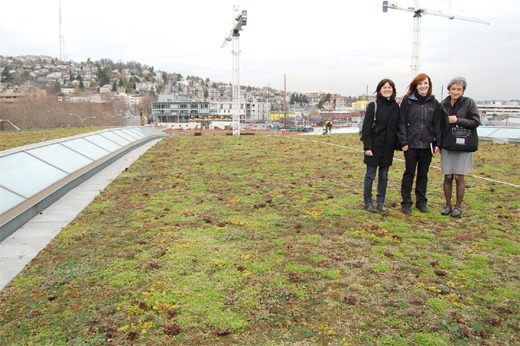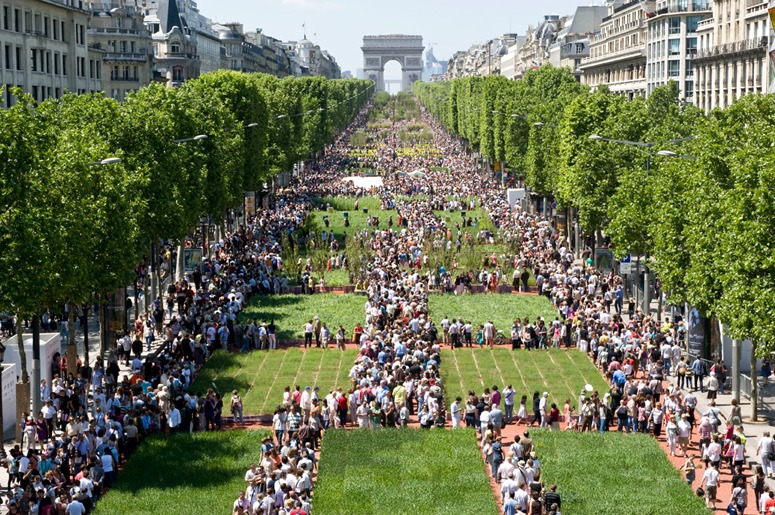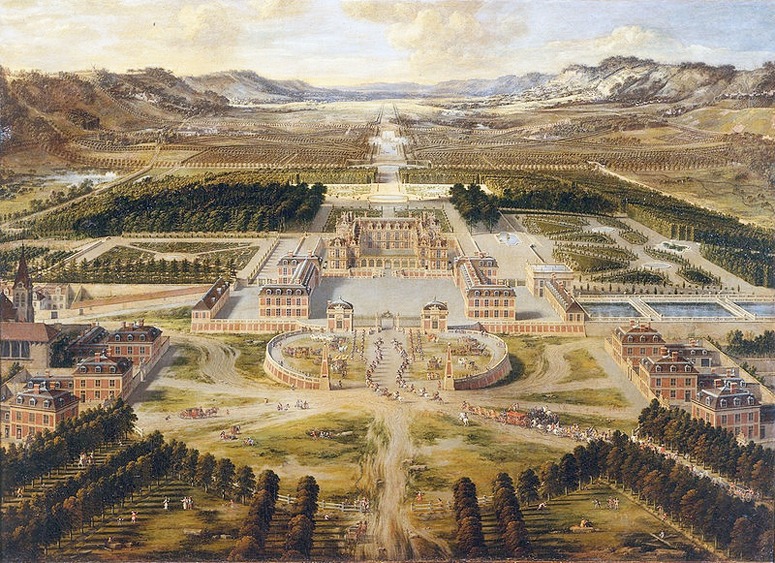The question of urban density seems to keep being asked anew every five years or so. It is said that in 1800 only three percent of the world’s population lived in cities.
That means many of us have become used to tighter spaces very quickly in evolutionary terms. Do we need to tie ourselves in knots to fit into designed spaces? What does this mean for the design of our cities? What is the relationship between green spaces and built spaces?
Author Archives: Christine
The London Tower: Home and Away.

Designing a city is a complex business. There are commercial and development pressures to be considered. But a city is more
than just a continual investment of capital and occupation of new space. It has an identity. Sometimes only a local one. But sometimes
a global one.
What gives a city its identity? Consider how much of your city can you change and still have your city recognised for the qualities that others
currently value. Ask yourself what attributes are different to other cities and what are the same.
Is going higher the best option? How should it be done? Why should it be done? And when should it be done?
If the skyline was to change which buildings would you miss?
Why?
New vistas from the Eye
Looking at London from the Eye gives a whole new perspective on the city. Another view from the Eye enables the viewer to ask ‘how green is my city?’ Some of the answers might surprise.
Paris goes green
The French farmer’s protested their financial plight in a charmingly French manner by greening the Champ-Elysee.
Another unusual example of the trend towards green is the Lost House of Paris. The occupants literally live within a greenery covered house. To travel green in the city of romance you simply phone a ‘Vectrix’ taxi.
As Pierre Patel’s 1688 painting of Versailles (below) shows, axes can be green and they can be canals. And canals can be used for transport. Civic leaders need courage, imagination, wisdom – and a wealth of ideas from the design professions.
Gardening on the roof, don't pass on the past….
 What can the past teach us about gardening in the present?
What can the past teach us about gardening in the present?
Undoubtably our ancestors were more agriculturally minded and more in tune with the rythmn of nature than we are today. The urban environments in which many of us live are climate modified, we buy our food from the supermarket and we heat and cool our living spaces.
Perhaps by revisiting previous garden traditions – such as the zen tradition in Japanese gardens – we can begin to imagine a variety of ways of utilising our urban roof spaces for a variety of purposes.
The project to document Middle Eastern garden traditions is likely to provide a valuable source of inspiration for the future as well as potentially preserving and enhancing our knowledge of the past. Don’t skip the drawings.
The art of sketching and drawing can itself through film and projection techniques transform the urban landscape and create a virtual landscape….and a new way of thinking about ‘green’ surfaces.
A book for the landscape architect to die for is Sketch Landscape. There are many ways of communicating ideas, and this book has 500 sketches and scribbles by some of the best.
How green is my garage?
 Bill Gates is famous not only for revolutionising communications but also for being the proud owner of the largest green roof garage in Seattle.
Bill Gates is famous not only for revolutionising communications but also for being the proud owner of the largest green roof garage in Seattle.
Maserati recently ran a garage design competition…and entries included not only green garages…but an insanely cool garage that is everything about setting and concept (if just a little light on resolution).
The winning entry shown on this youtube clip is car as ‘art’ and perhaps might be a useful way of thinking ‘green garage’ for Lace Hill.




